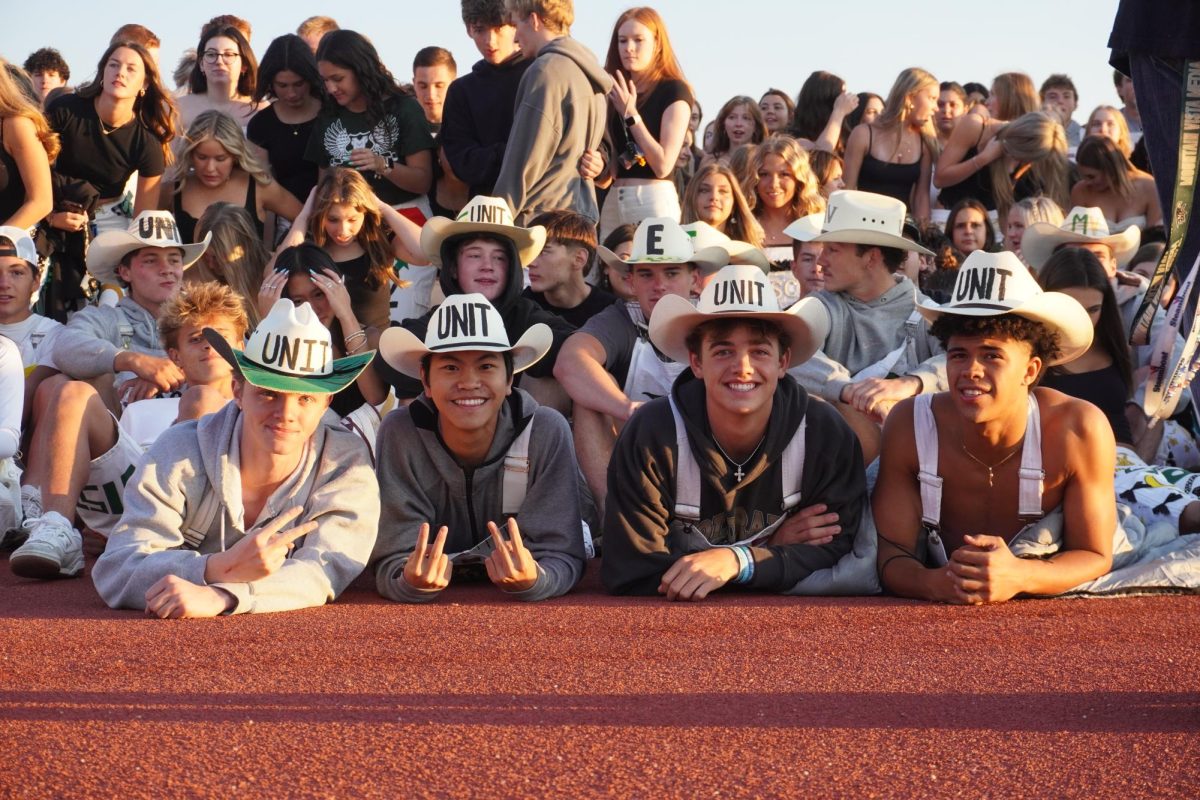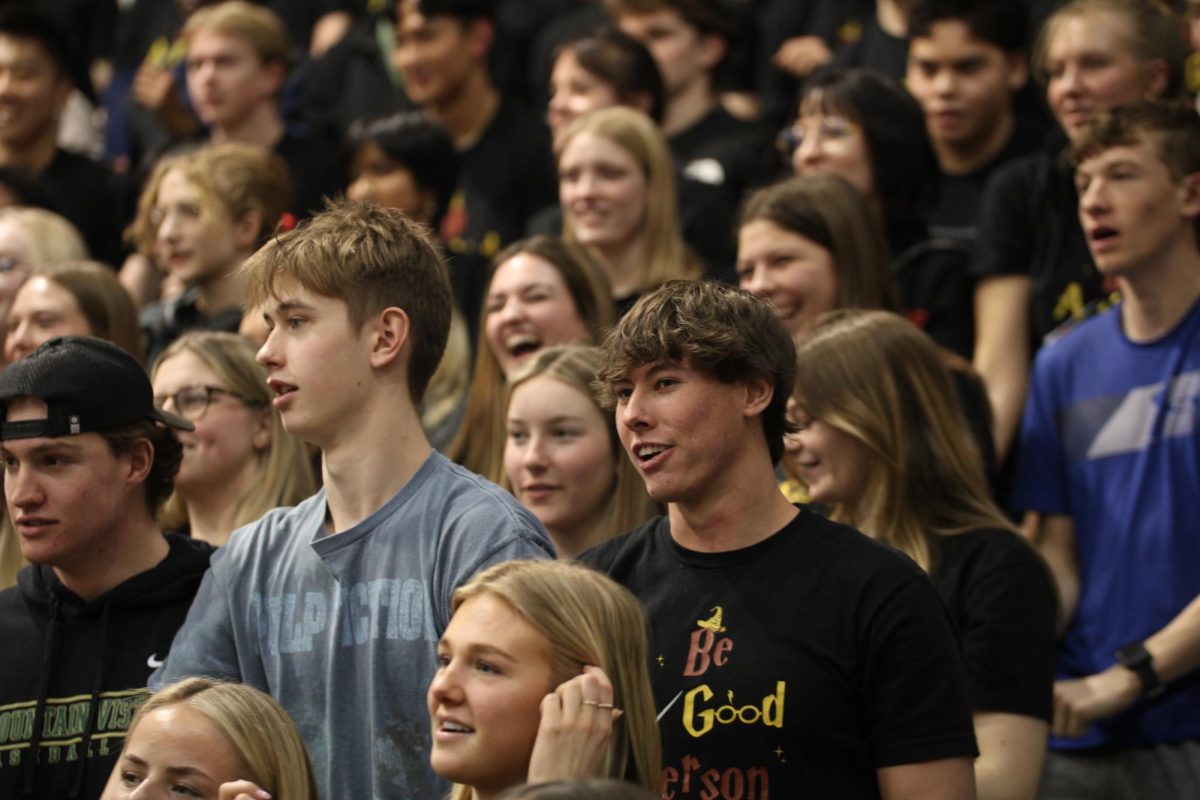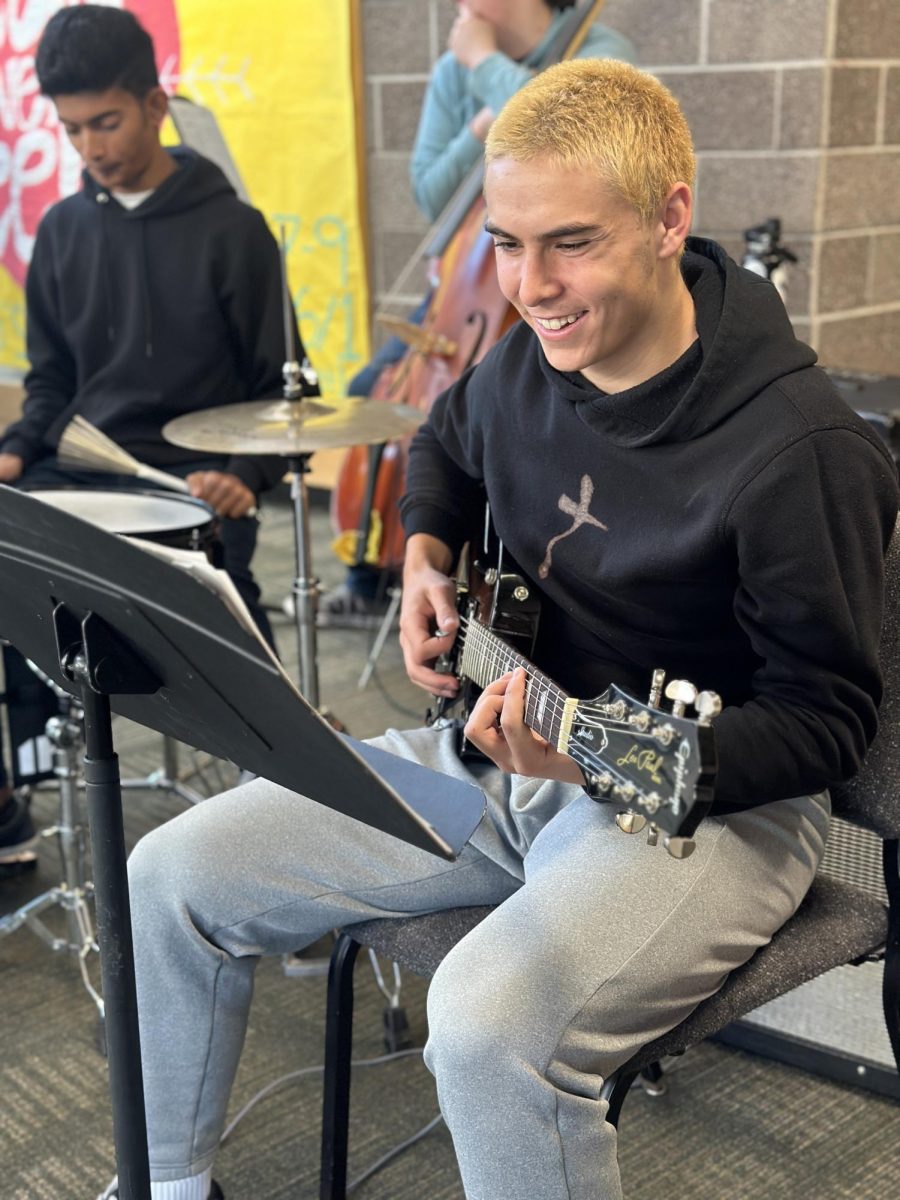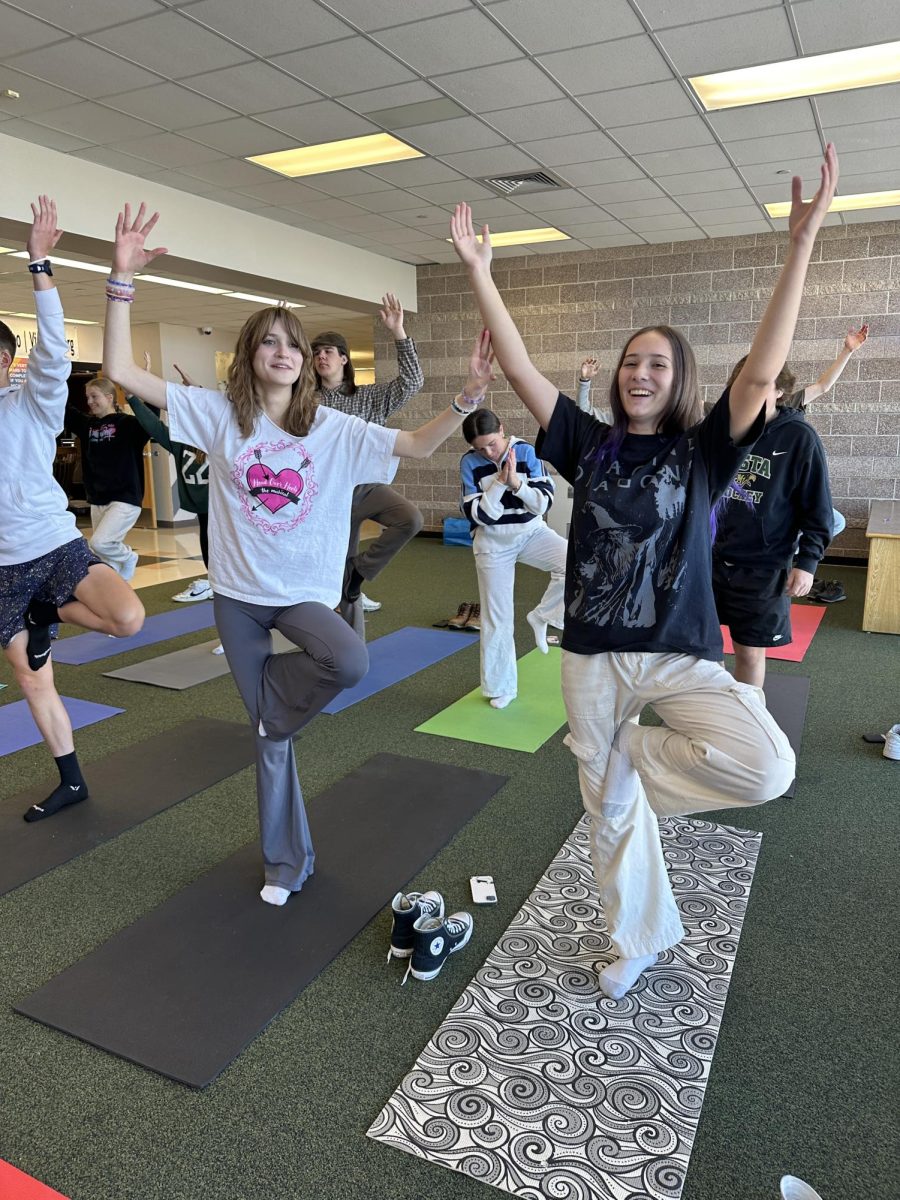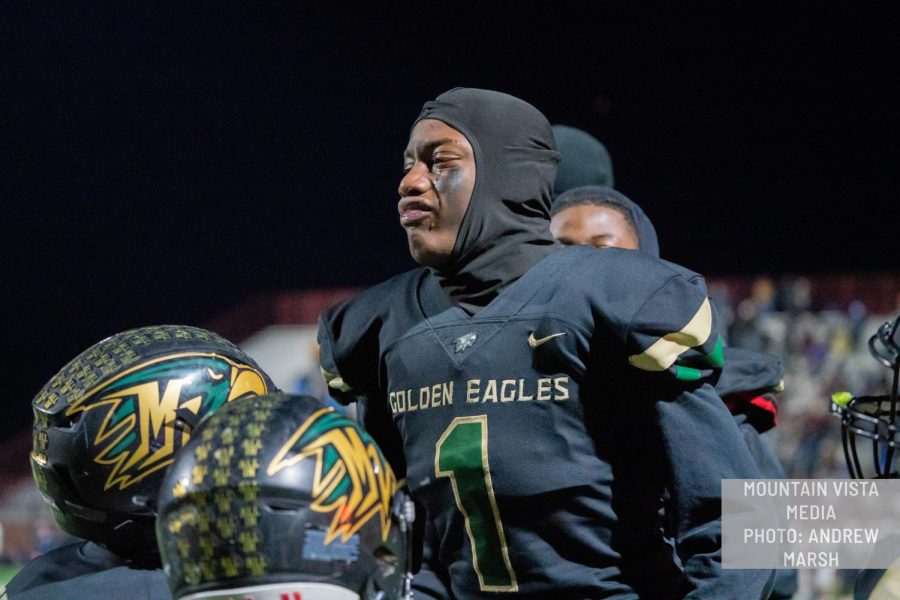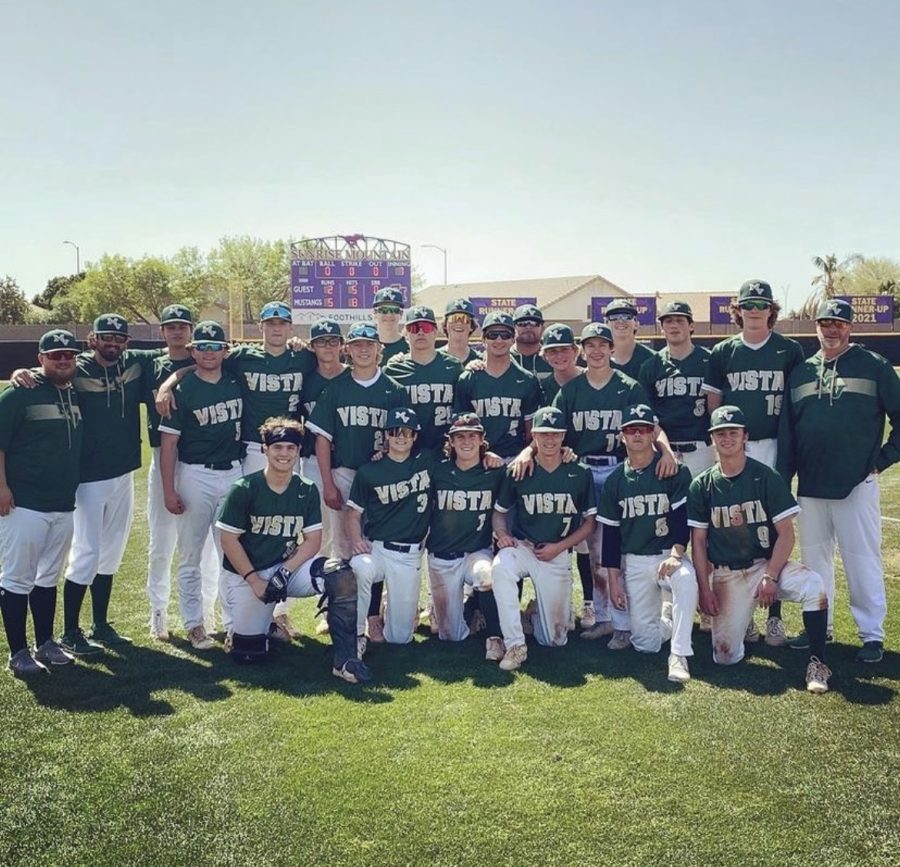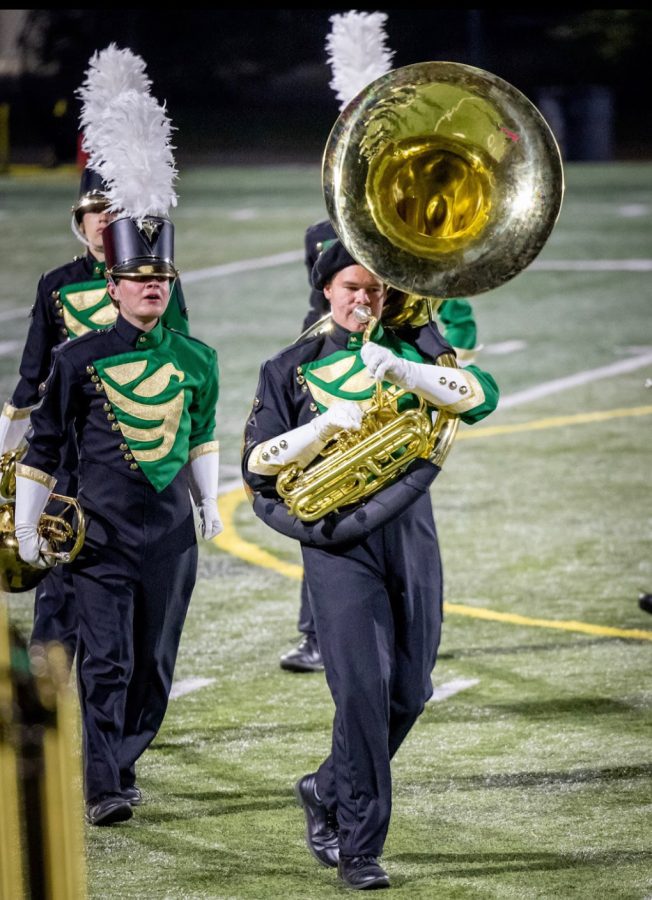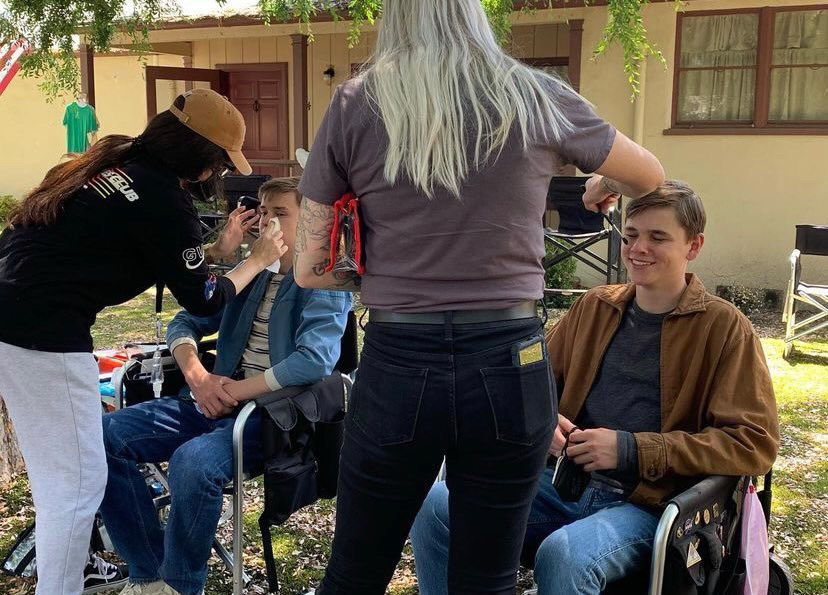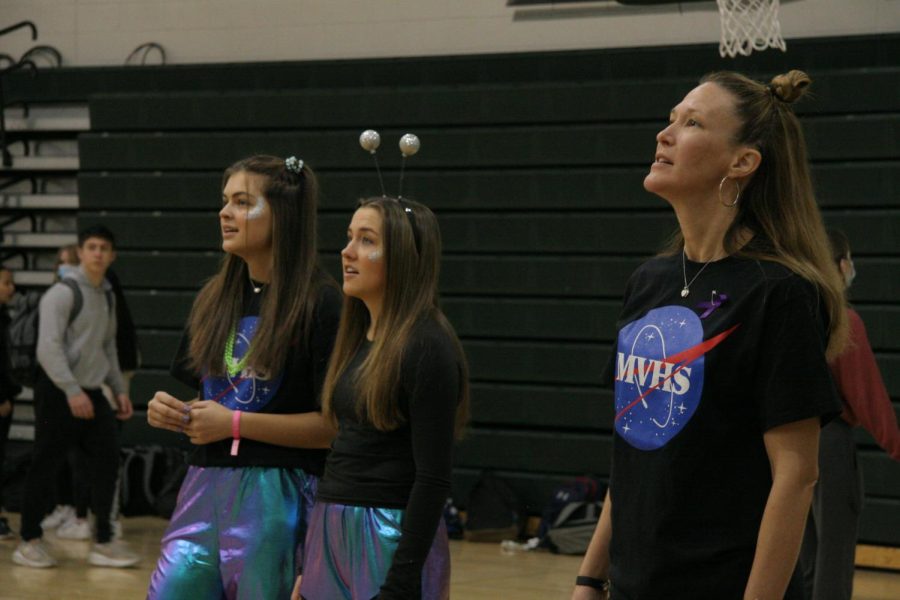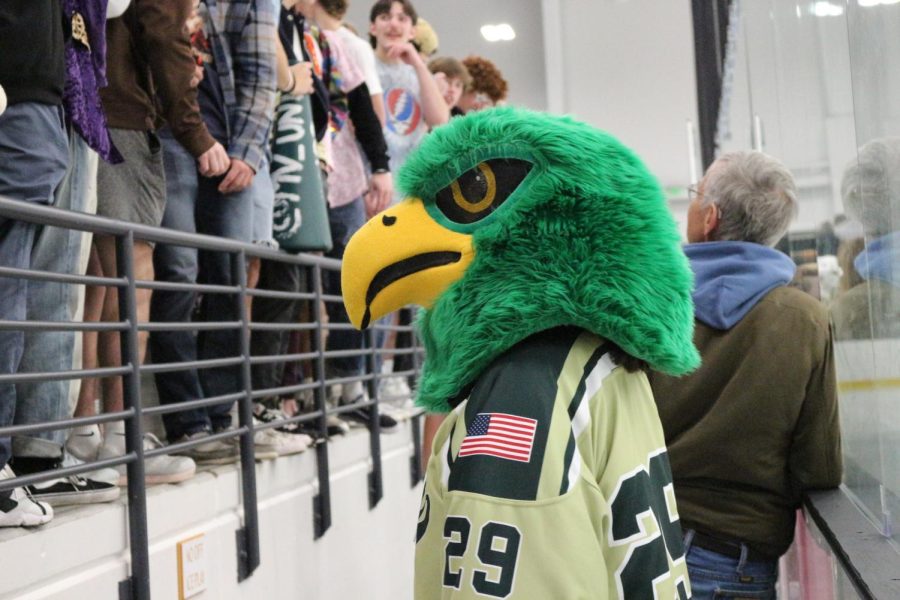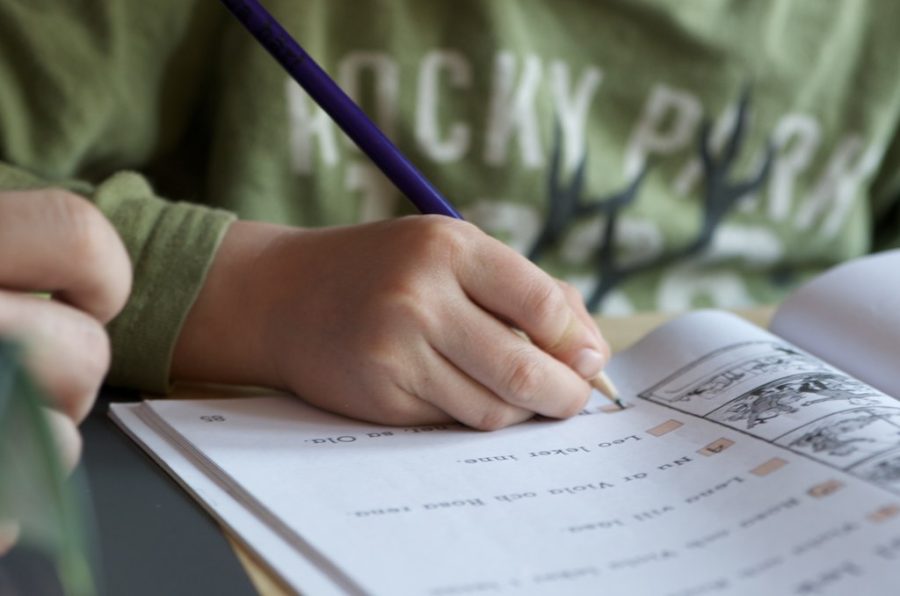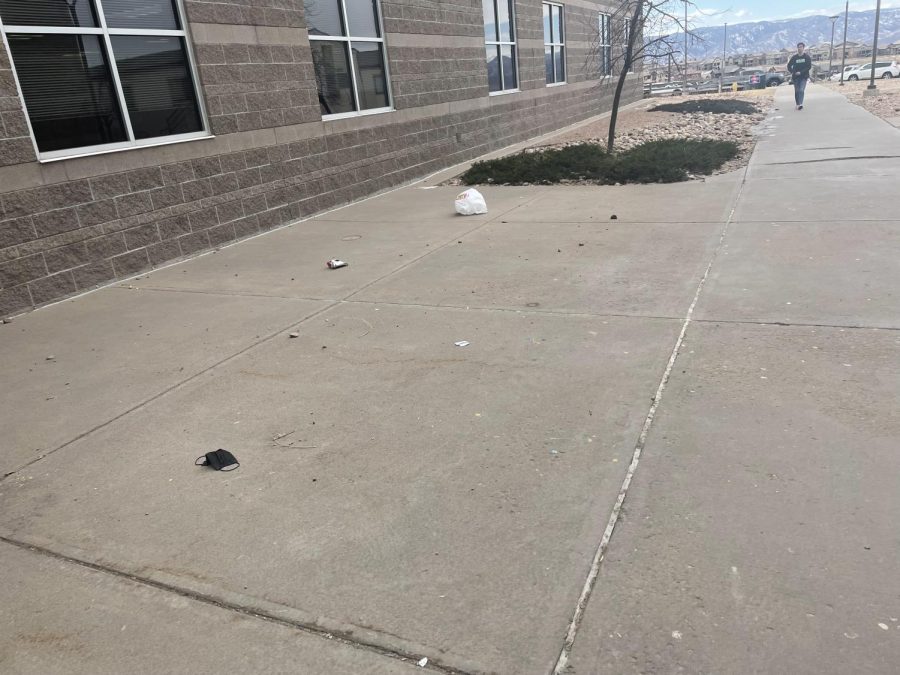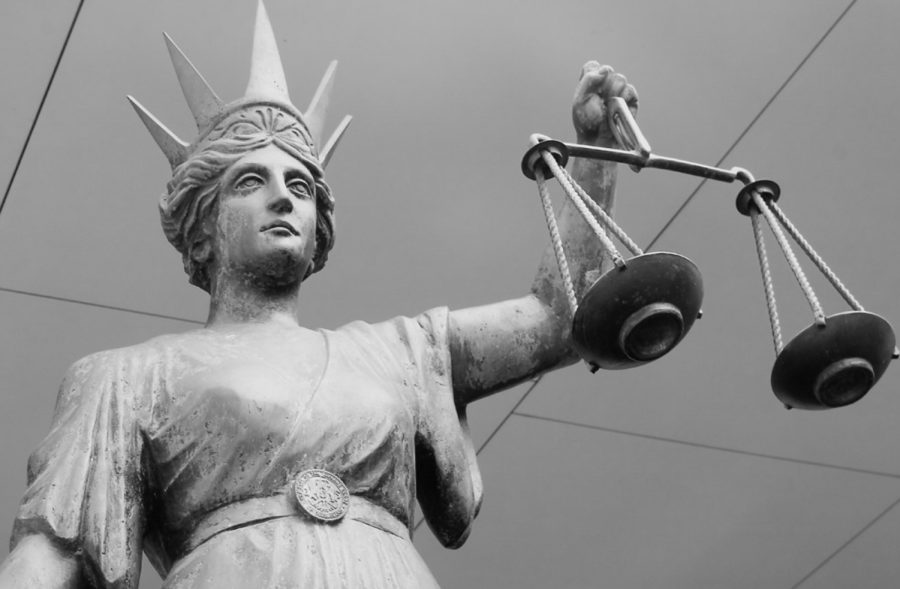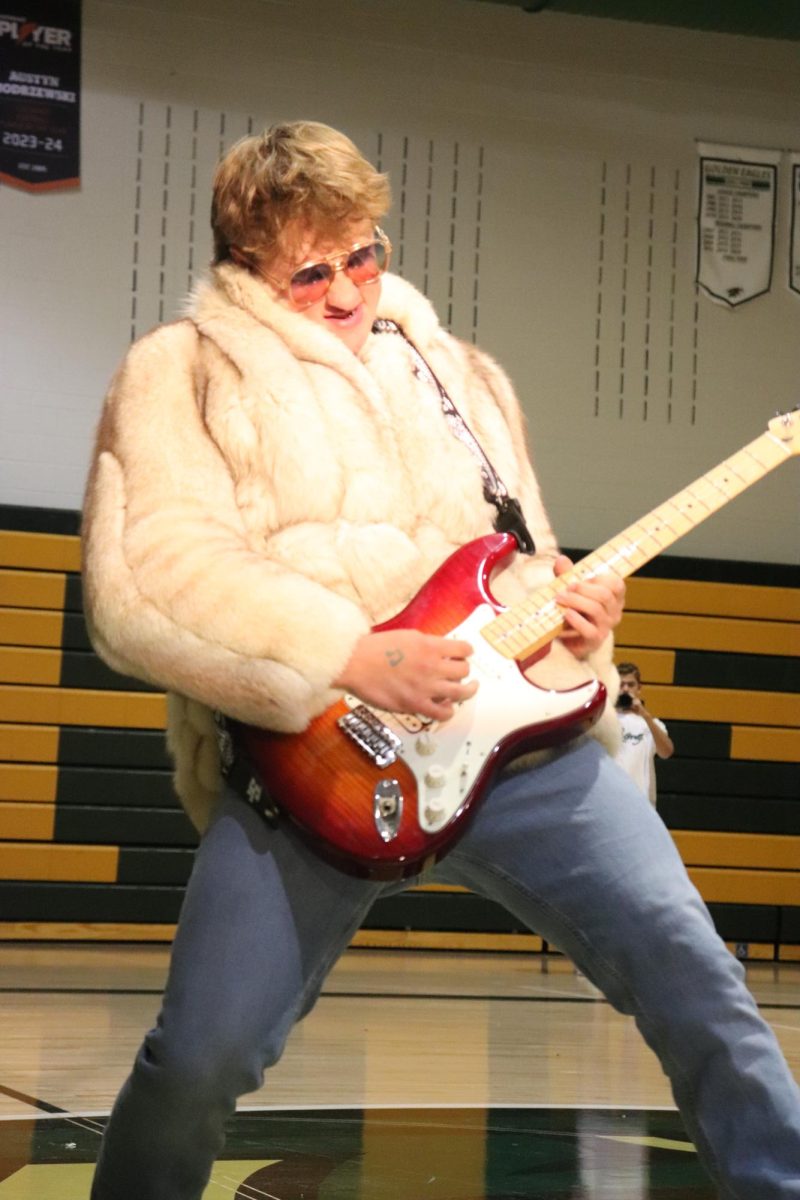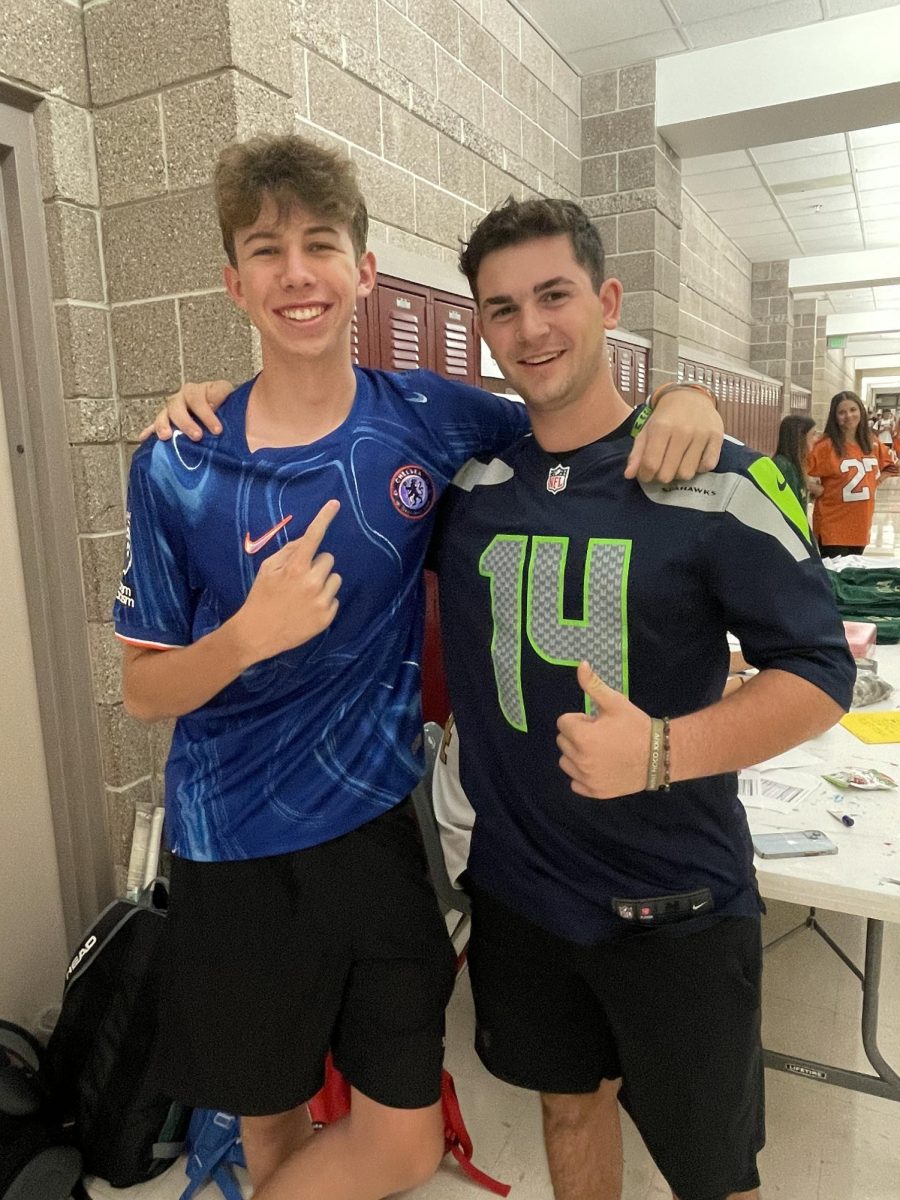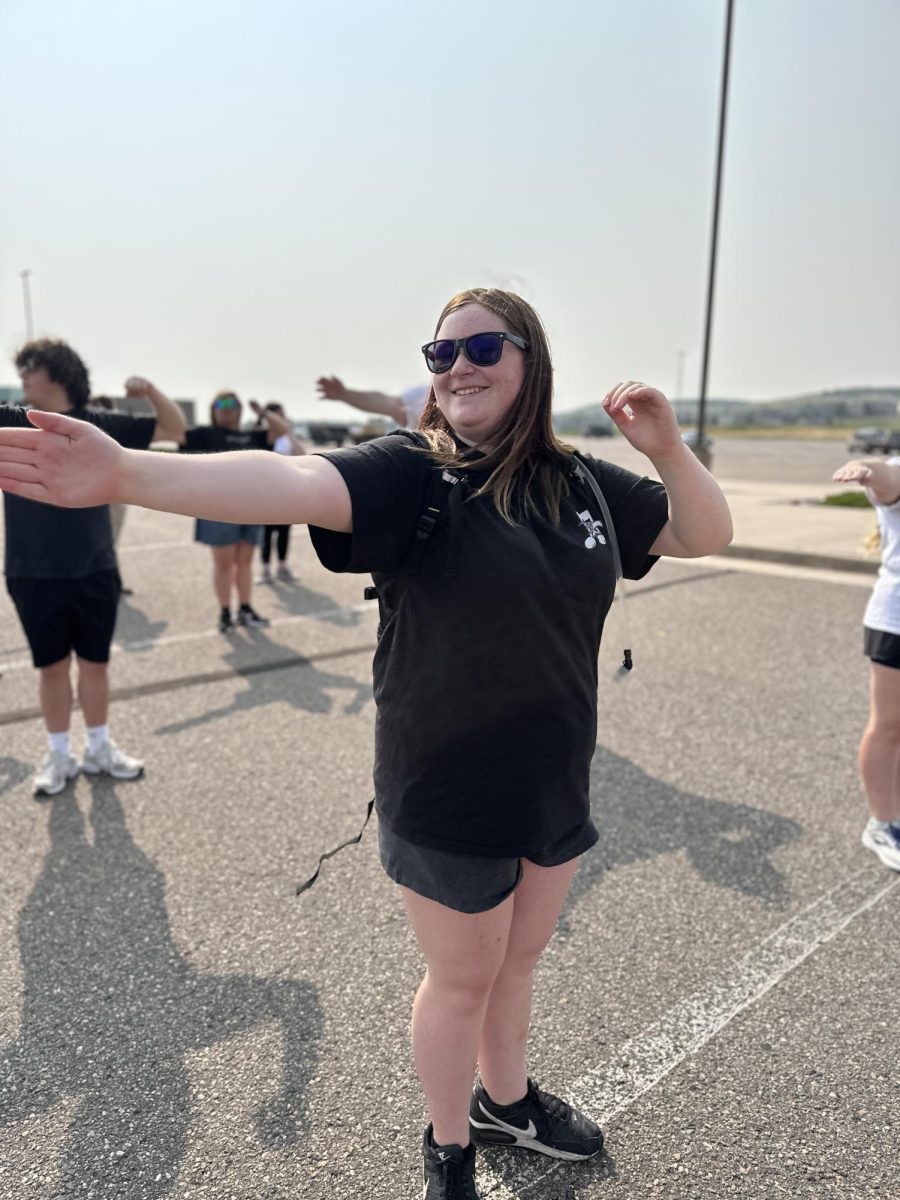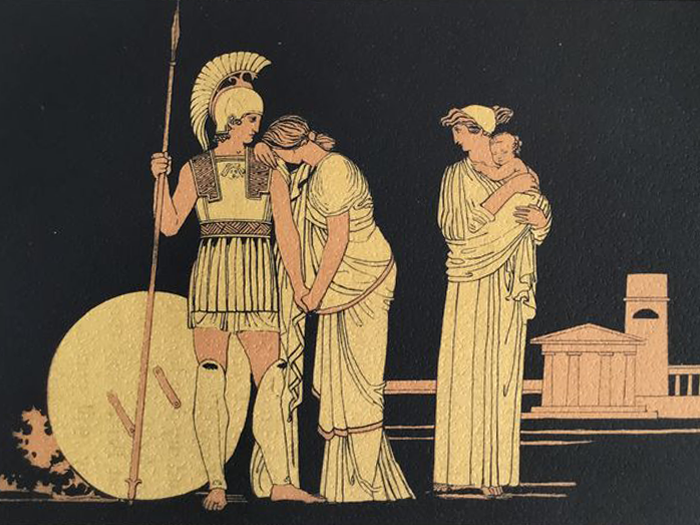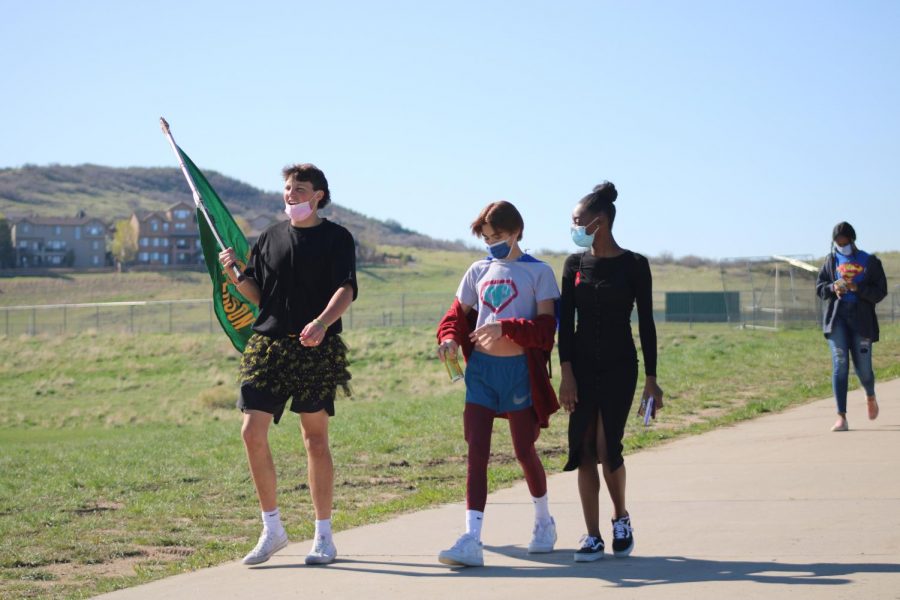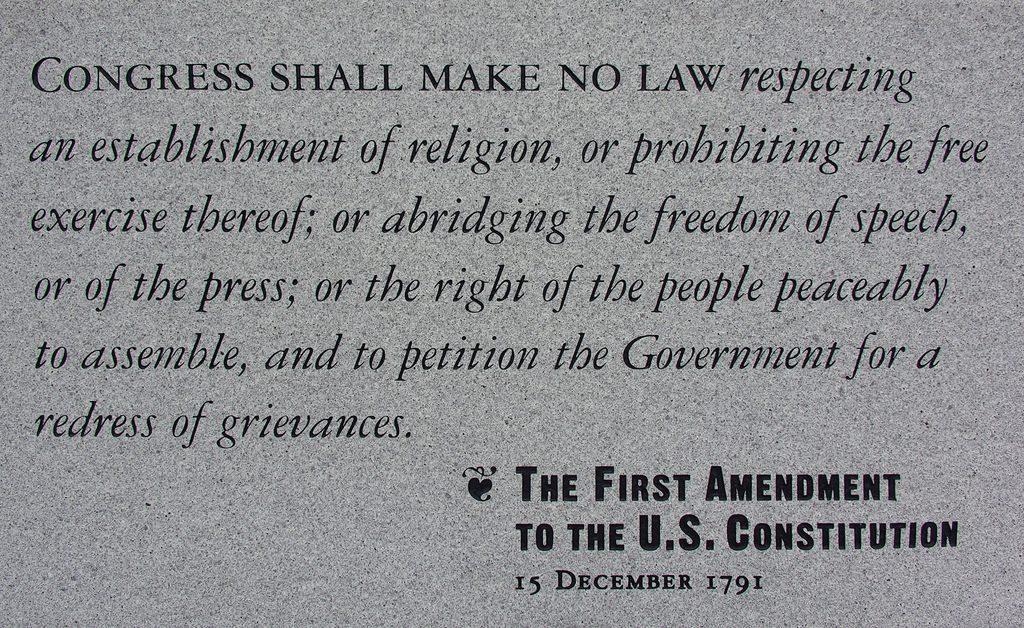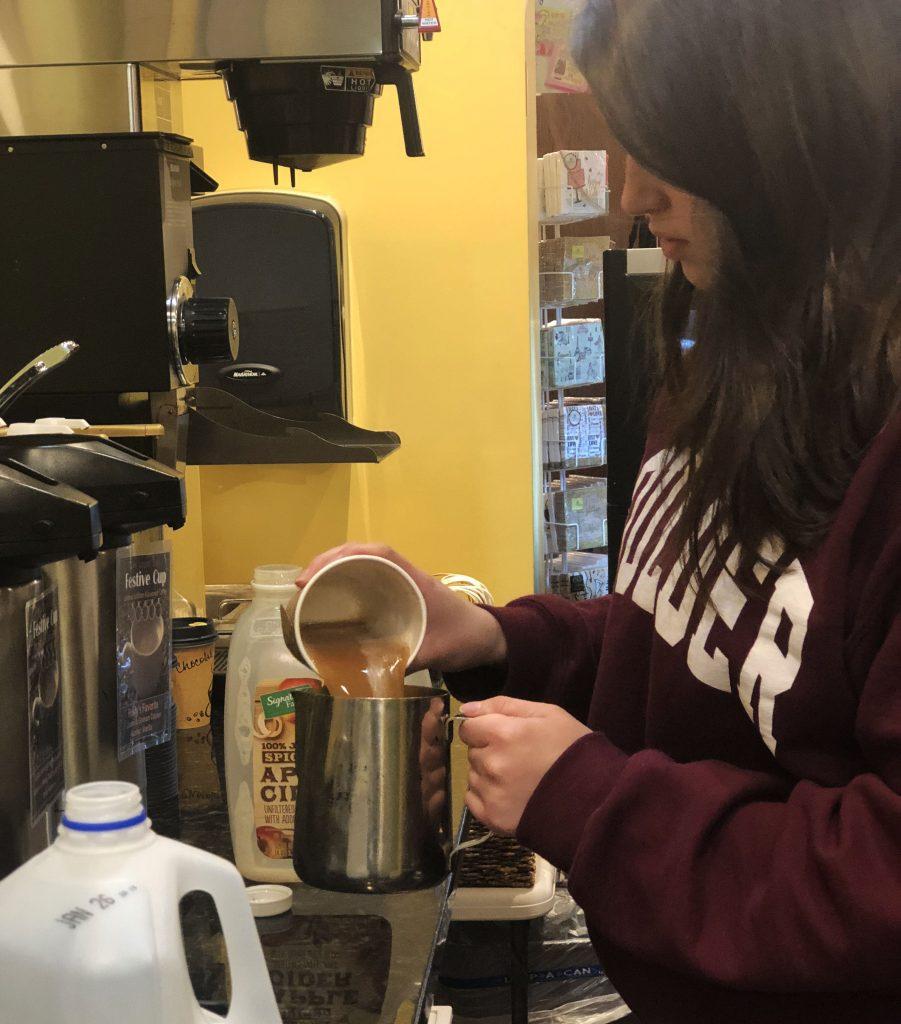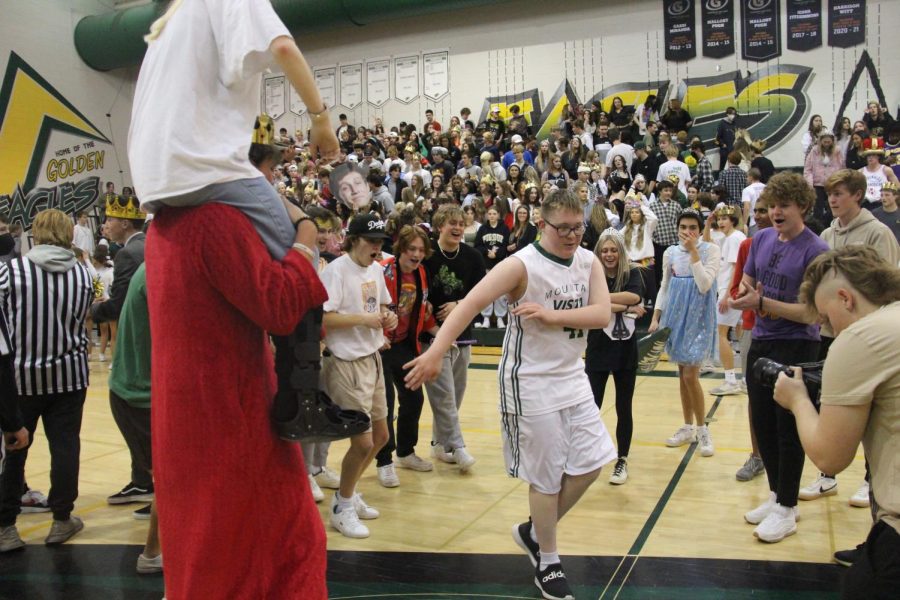All statistics from The Knight Foundation’s recent study on the First Amendment
Many people are worried about how First Amendment rights may change with President Trump in office — especially those rights of the press.
Already, six journalists have received felony charges for covering riots in Washington D.C.
This is a direct violation of their constitutional rights, as they were only doing their job and reporting on the chaotic situation.
The First Amendment appears to be in trouble…but a new study by The Knight Foundation (TKF) suggests otherwise.
This is the sixth of these surveys by TKF that take a look into the state of the First Amendment in teacher’s and student’s minds in America. It’s important to understand what the future of America thinks of the First Amendment, according to them.
This time around, almost 14,000 students and 750 teachers around the United States partook in the survey that asked questions concerning the First Amendment, the rights of student press and the role that media plays in our lives.
The best improvement that the study found was that people are beginning to see rights that the First Amendment grants citizens a little more clearly. 91 percent of high schoolers said that they believe student press should be able to express an unpopular opinion.
However, students thought that there was a line between an unpopular opinion, an offensive one and one that directly targets individuals and bullies. That 91 percent of students who feel unpopular opinions should be expressed, drops to a drastic 45 percent when asked if student media should be able to express an offensive opinion. The percentage drops lower still for a bullying opinion.
Teachers, however, don’t necessarily believe that unpopular opinions regarding school staff fall in the same realm as other unpopular opinions.
Of the teachers surveyed, 69 percent feel that students shouldn’t be able to talk about school officials (teachers, administrators, resource officers, etc.) without there being some type of repercussion.
Students seem to be at odds with these teachers though, as 54 percent of student respondents think that schools shouldn’t be able to censor school newspapers.
What’s odd though, is that more students, 69 percent, think that student media has — or at least should have — the same rights as big media. That number was slightly smaller in teachers, only 54 percent thought so (I’m still confused about this, as I’m not sure what differentiates student press from big press other than the fact that the two report on different events).
There appears to be a correlation between students who read news more often and support of the First Amendment — which makes sense, because those who read the news realize how important it is and how the First Amendment plays such a big role.
So, despite the fact that it appears the new president and his administration don’t respect First Amendment rights, the youth, the future of America, do and will continue to fight for these rights.

